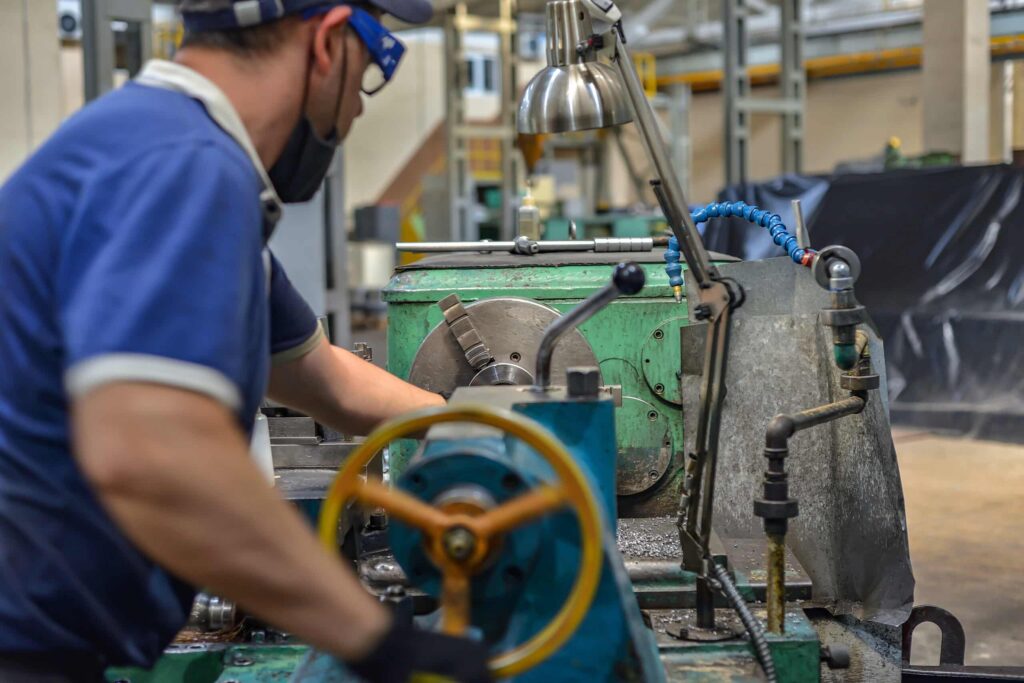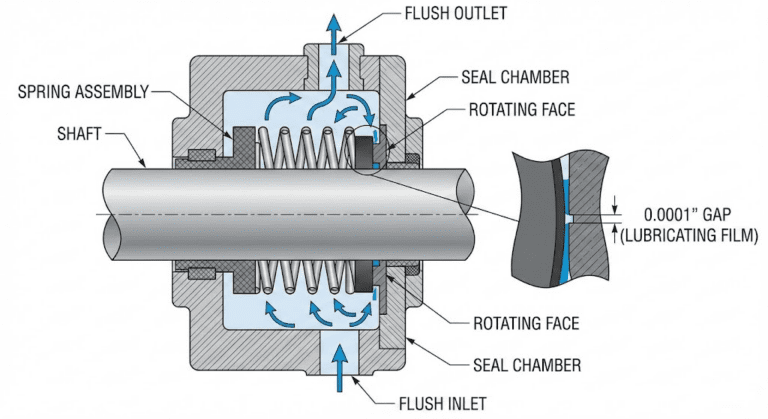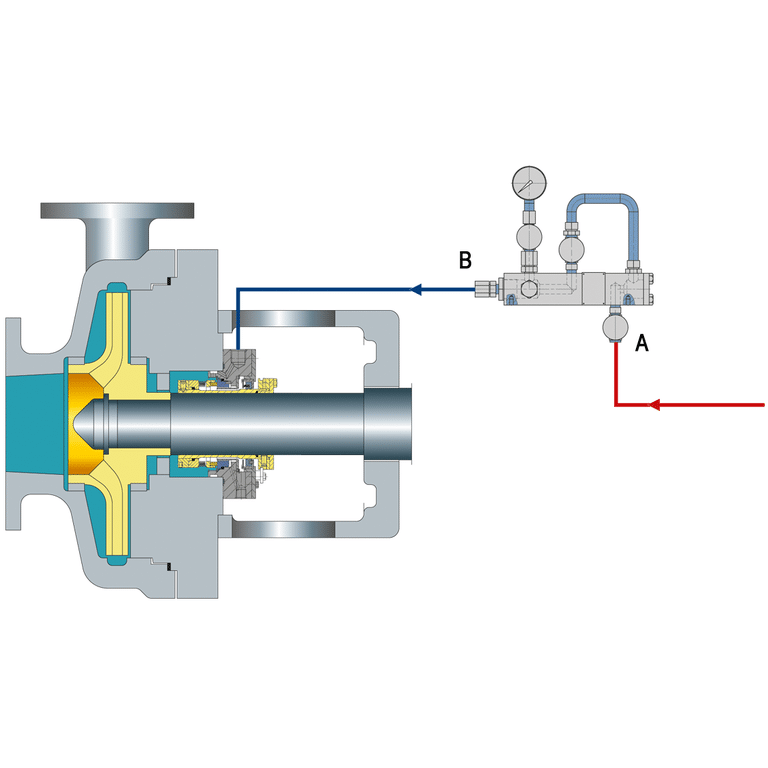Are you curious about how to lap a mechanical seal? Lapping is a crucial process that ensures proper sealing and extends the life of your mechanical seals.
In this blog post, we’ll walk you through the step-by-step process of lapping a mechanical seal. By the end, you’ll have the knowledge and confidence to perform this essential maintenance task, saving you time and money in the long run.

What is Lapping Mechanical Seal
Lapping is a crucial process in the manufacturing of mechanical seals, ensuring that the seal faces are flat and smooth to create a tight seal between the stationary and rotary components. This process involves using an abrasive material, such as diamond paste or boron carbide, to polish the seal faces to the desired surface finish.
9 Steps to Lap Mechanical Seal
Step 1. Gather Necessary Materials
Before beginning the lapping process, gather all the necessary materials, including the mechanical seal components, lapping plate, abrasive compounds, and cleaning supplies. Ensure that the lapping plate is made of cast iron or a similar material with a flat surface.
Step 2. Inspect Seal Faces
Carefully inspect the seal faces for any signs of damage, such as scratches, chips, or excessive wear. If the seal faces are severely damaged, they may need to be replaced rather than lapped.
Step 3. Apply Abrasive Compound
Apply a small amount of abrasive compound to the lapping plate. Use a compound with an appropriate grit size for the desired surface finish. For most mechanical seals, a fine grit size, such as diamond paste or boron carbide abrasive, is recommended.
Step 4. Lap the Stationary Seal Face
Place the stationary seal face on the lapping plate, with the sealing surface facing down. Apply light, even pressure and move the seal face in a figure-eight pattern across the plate. Continue lapping until the surface is smooth and flat.
Step 5. Lap the Rotary Seal Face
Repeat the lapping process for the rotary seal face, ensuring that it remains perpendicular to the shaft bore. Use the same abrasive compound and lapping technique as used for the stationary face.
Step 6. Check Surface Finish
Periodically check the surface finish of the seal faces using a profilometer or surface finish comparator. The desired surface finish for most mechanical seals is between 1 to 3 helium light bands, which corresponds to an average surface roughness of 0.05 to 0.1 microns Ra.
Step 7. Clean and Inspect
Once the desired surface finish is achieved, thoroughly clean the seal faces and components with a suitable solvent to remove any abrasive particles. Inspect the lapped surfaces for consistency and flatness.
Step 8. Reassemble the Mechanical Seal
Carefully reassemble the mechanical seal, ensuring that all components are properly aligned and seated. Follow the manufacturer’s instructions for installation and tightening of the gland and other hardware.
Step 9. Test and Adjust
After installation, test the mechanical seal under normal operating conditions. Check for any signs of leakage or unusual noise. If necessary, make minor adjustments to the spring pressure or other settings to optimize seal performance.
Benefits of Lapping
- Improved sealing performance: Ensures a tight, leak-free seal between stationary and rotary components.
- Increased seal life: Reduces wear and tear on the seal faces.
- Enhanced reliability: Minimizes the risk of premature seal failure.
- Reduced maintenance costs: Lowers expenses associated with seal replacement and unscheduled downtime.
FAQs
How long does the lapping process take?
The duration of lapping depends on the seal material and desired surface finish, but it generally takes between 15 to 60 minutes.
Can all types of mechanical seals be lapped?
Most mechanical seals can be lapped, but some specialized seals may require different polishing methods or have specific manufacturer recommendations.
How often should mechanical seals be lapped?
Mechanical seals should be lapped during initial installation and whenever the seal faces show signs of wear, damage, or increased leakage.
Can mechanical seals be re-lapped?
Yes, mechanical seals can be re-lapped multiple times, as long as the seal faces have sufficient material and maintain their flatness and parallelism.
How do I know if my mechanical seal needs lapping?
Signs that a mechanical seal needs lapping include increased leakage, visible wear or damage on the seal faces, and reduced sealing performance.
In conclusion
Lapping is a crucial process for ensuring the proper function and longevity of mechanical seals. By creating a smooth, flat surface on the seal faces, lapping helps prevent leakage and extends the life of the seal.
For more information on lapping mechanical seals or to discuss your specific sealing needs, contact our team of experts today.




